You will need
- One bunch of Celery
- One cup of Water (roughly 400mL)
- Food Colouring
- One sharp Knife and chopping board (adult help please!)
- Somewhere to leave the experiment undisturbed
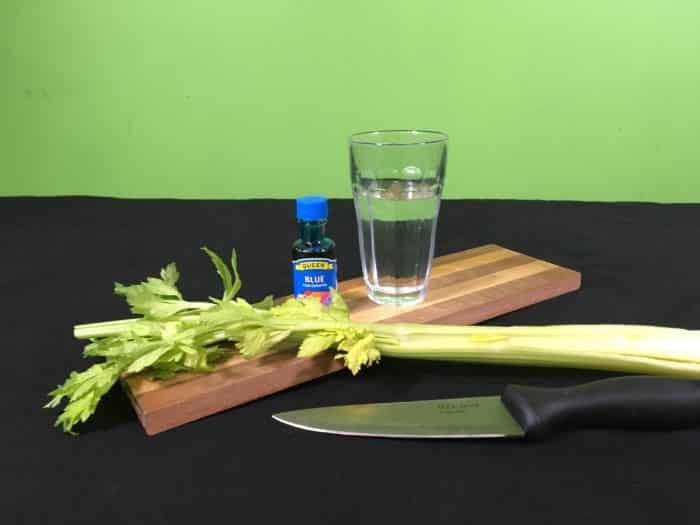
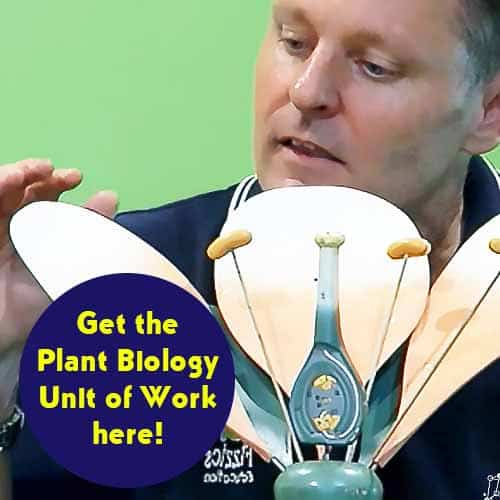
Get the Unit of Work on Plant Biology here!
- Learn about the parts of a flower
- Discover how vascular tissue transports water & sugars around the plant
- Learn about plant pigments and adaptations to the environment
- From photosynthesis to transpiration & more, there’s a heap covered!
Includes cross-curricular teaching ideas, student quizzes, a sample marking rubric, scope & sequences & more
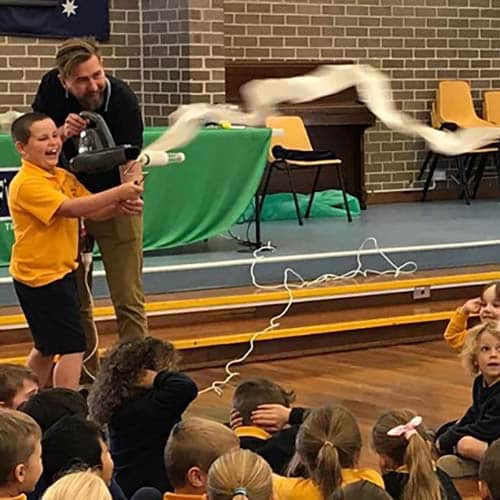
School science visits since 2004!
– Curriculum-linked & award-winning incursions.
– Over 40 primary & high school programs to choose from.
– Designed by experienced educators.
– Over 2 million students reached.
– Face to face incursions & online programs available.
– Early learning centre visits too!
Why Does This Happen?
You should have seen that the food coloured water travelled up the stem of the celery and into the leaves.
How does food colour get up there? Gravity should be holding the water down, right?
Water is found all the way through the celery: in the stems, the leaves and the roots. The water in the leaves of the celery evaporates through the surface of the leaves, and this leaves space inside the leaves where the water was. This process is called transpiration. That new empty space inside the leaves creates a low pressure, and like a drinking straw, this low pressure allows water below the leaf to travel up the stem. You’ll see the little tubes the water travels up when you cut the celery stem, and you can see the colour up in the leaves. These tubes are called Xylem and are part of the plant’s vascular system. This how plants transport the water and nutrients from the soil up to the very highest leaves. By the way, the tubes that transport sugars from the leaves downwards are called phloem).
Variables to test
- Does warm vs cold food colouring influence the speed of the experiment?
- Try flowers in food colouring
- Run this experiment on a hot vs a cold day
- Does cutting off the leaves at the top of the celery make a difference?
From basic ecology and digital microscopy to plants for life, we’ve got your living things unit covered!
Get in touch with FizzicsEd to find out how we can work with your class.
Plants for Life
Years K to 6
Maximum 30 students
Workshop (NSW & VIC)
60 or 90 minutes
Online Class Available
STEM Full Day Accelerator - Primary
Designed from real classroom experiences, this modular day helps you create consistently effective science learning that directly address the new curriculum with easily accessible and cost-effective materials.
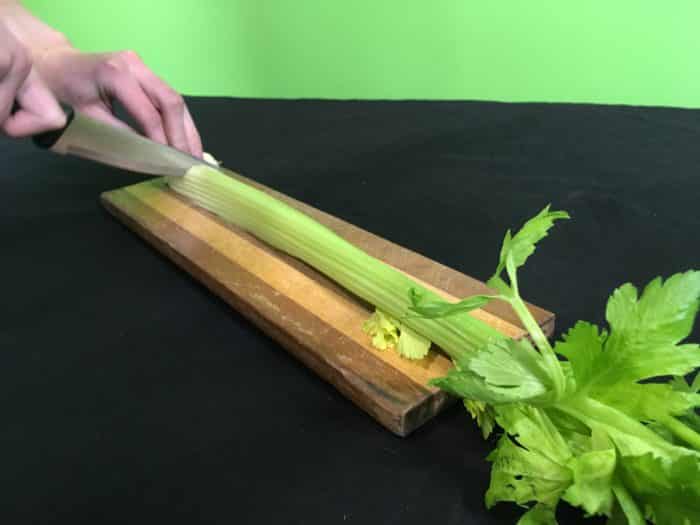
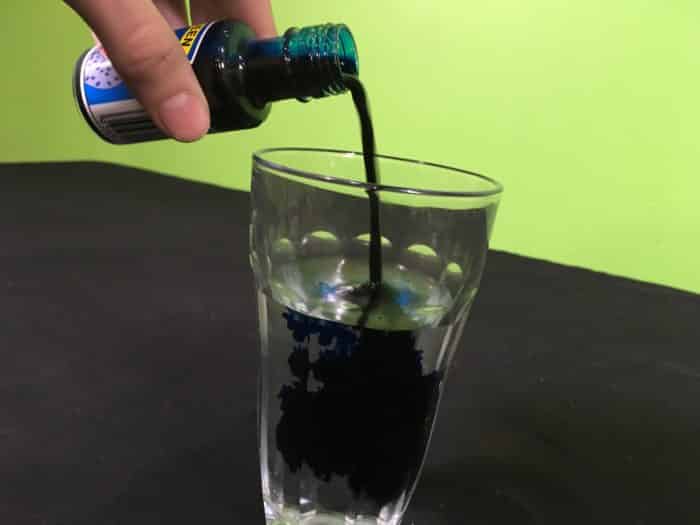


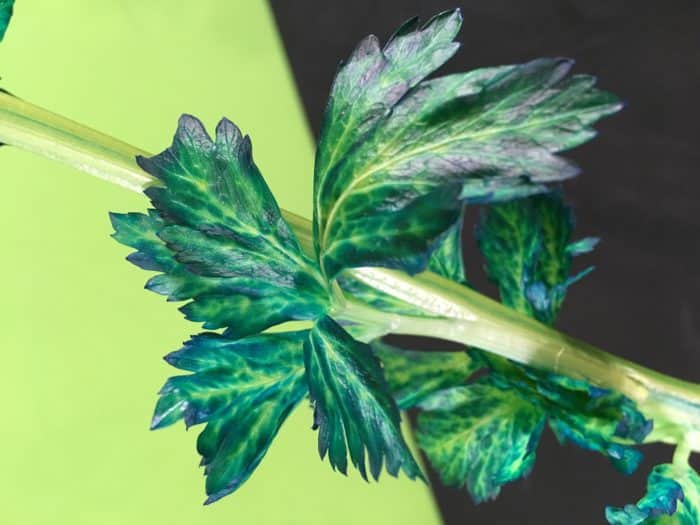
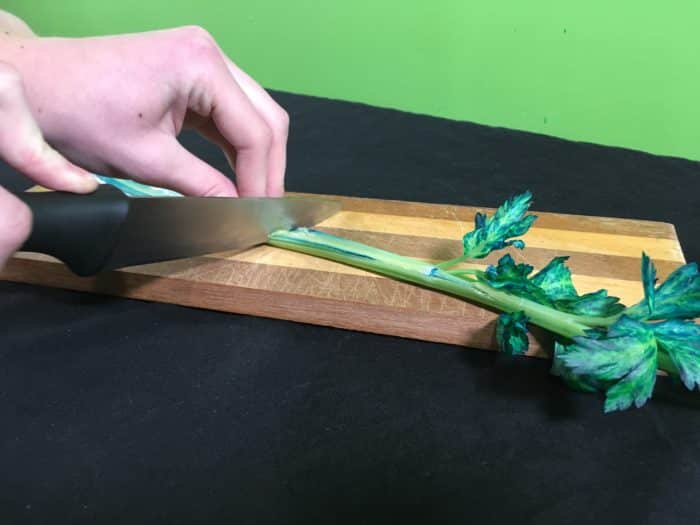
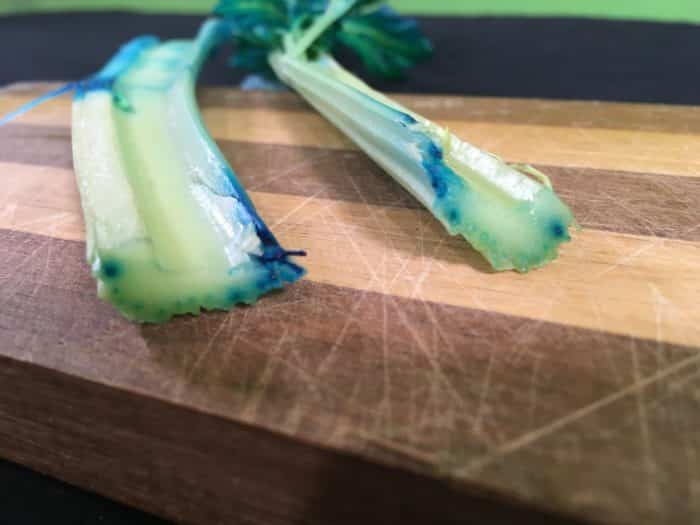
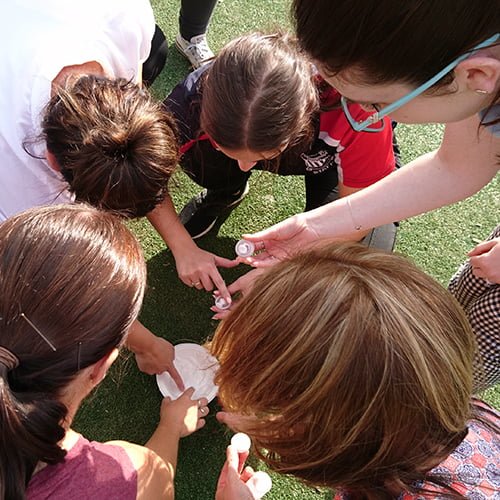

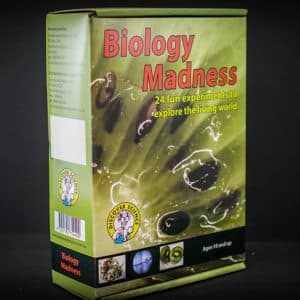
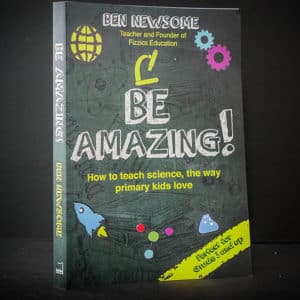























the experiment was fun and it was wicked
Awesome! Glad you enjoyed this science activity 🙂